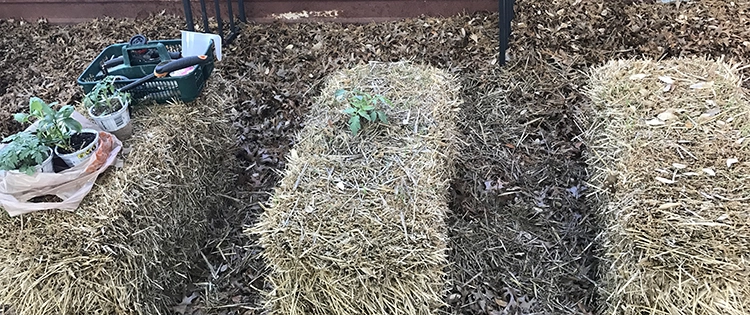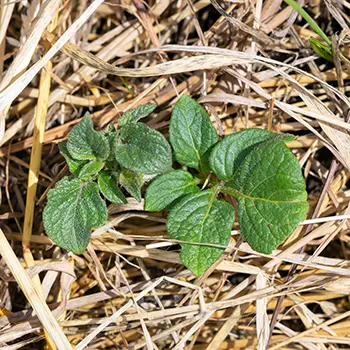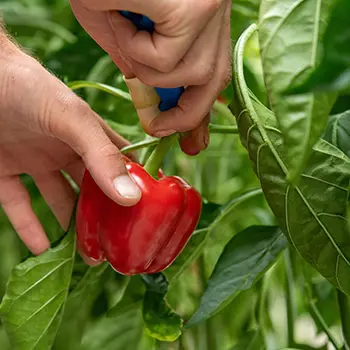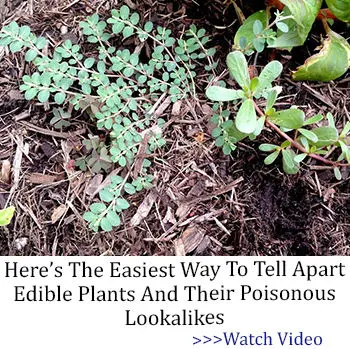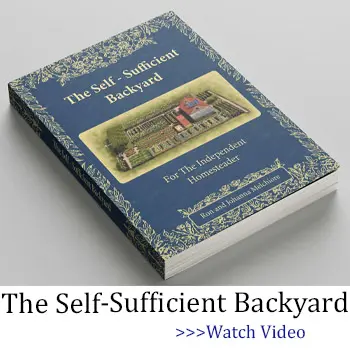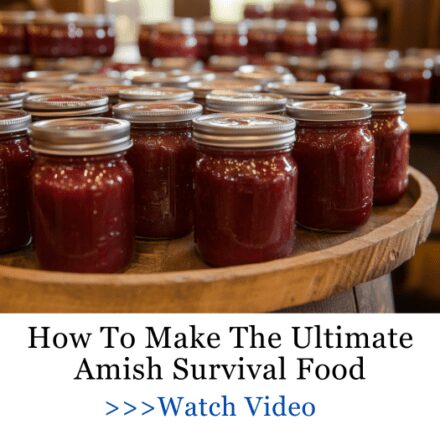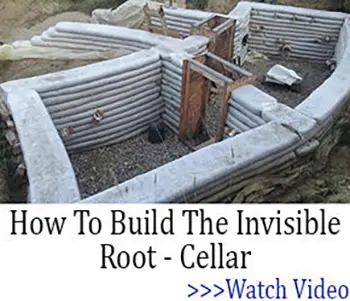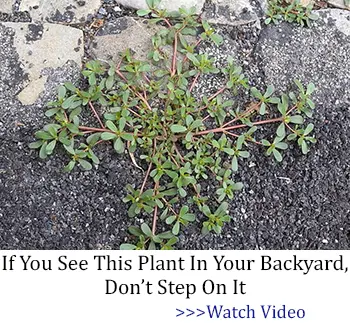Straw bale gardens are all the rage, especially during the cooler months. Yet so many people contact us to ask what they can grow in them! We thought we’d put together a quick list to help you all find a seed worth planting in your brand-new straw bale garden. Let’s get started.
Onions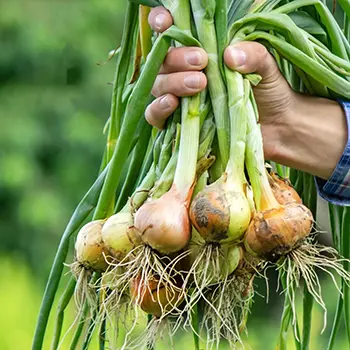
Onions may not like a moist environment but they require water to grow and a straw bale garden makes it easy to regulate said moisture. If considering onions, know that you are planting for at least two seasons away, if not next year. Many, many people start them in the fall and harvest in late summer, though we do have some quick-growing types these days. The best, sweetest onion is an onion grown for a long time, in my experience. Let them season. Use a straw bale.
Garlic
Much the same as onions, garlic takes a while to get going and does better when overwintered in a straw bale gardening system or a system much like it. Little spicy rows of garlic sitting in sideways-tipped bales is a really pretty way to line your garden bed walkways as well as keep certain pests away. So many of them hate the smell of garlic, but most plants don’t even notice!
Strawberries
Due to the risk of mold, many berry growers don’t use straw bale systems. I say, why not? Plant your strawberry plants in straw bales near a trellis. Guide the runners up the trellis. Due to so many grubs and beetles seeking strawberry roots (they’re very sweet to insect taste buds!), having your strawberry plants in a straw bale can help prevent root nibblers from getting to them!
Potatoes
Potatoes are a blast in straw bales. If you’re considering making a potato garden in straw bales, try to settle them so you have many straw bales side to side to side. This will let your potato plants really stretch out and create as many potatoes as they possibly can. Straw bale gardens also make it a lot easier to harvest your potatoes at the end of their growing season.
Related: If You Grow This In Your Garden, You Will Never Starve
Beans
We’re only talking about vine beans in this case. Though you can use bush beans with straw bale gardening, I’ve gotten less than impressive results and I strongly recommend vine beans like string beans and rattlesnake beans. I’ll push a trellis between two straw bale garden lines and plant strawberries on one side and vine beans on the other in most cases, and it usually works out very nicely. It also saves on how much trellis I have to put up!
Small Melons
We’re not talking pumpkins and watermelons here, which can easily flip your straw bales. No, we’re eyeballing cantaloupes, honeydews, and melons like that. I’ve also planted kiwi plants in straw bales right alongside the beans and strawberries mentioned above, using the same trellises. If you decide to work with smaller melons, do be aware that you’ll need to support those melons when they start to swell. I use a pantyhose tied to the trellis. If the melons are allowed to sit on the straw bale, they will mold.
Peppers
Some of you just raised your brows. Yes, friends. Peppers. Peppers in straw bales. Don’t look at me like I’m crazy! It works so well if you add a little too much calcium to your bale. Not that I’ve ever. Totally.
So, once upon a time I was adding calcium and accidentally spilled most of the garden’s worth of serving directly into a straw bale I was preparing. I stood there, frowning, and then shrugged. It was experiment time. I stuffed some hot pepper plugs into the bale and figured it would work or it wouldn’t, knowing that these little Carolina Reapers had a decent chance.
They were so hot that you could breathe around them and start coughing. I snipped one from a stem and my eyes were watering. Would I plant bell peppers in a straw bale? Probably not. They prefer different circumstances and growing methods. But hot peppers? Well, they’re survivors.
Related: 25 Crops You Can Grow In Buckets All Year Round
Salad Greens
Place a weed cloth over a straw bale readied for planting. Slice slits into the bottom of the landscaping/weed cloth and put your seeds or salad green plugs through these holes. If you plant directly, you may want to treat it with an anti-fungal spray just to be safe. If you do, make sure it’s food-appropriate and safe to eat afterward. Some fungicides aren’t.
Salad greens love straw bales but catch mildews and other issues very easily from them. I would say this is an intermediate gardener thing to do, but it is very sustainable. Better yet, mine seem to grow a little more aggressively in straw bales because they can stretch those long roots down even more easily and grip more tightly, making the plant feel a little more secure.
Mushrooms
This one is somewhat debatable, but I’ve had a lot of fun growing a wide variety of mushrooms with my straw bale gardens. That said, this isn’t for everyone. Purists will want to grow them in manure and there’s nothing wrong with that. It’s just a lot more smelly, in my opinion, than a straw bale slowly turning into soil.
The trick with mushrooms is preventing the bale from getting too hot. If your bale is regularly testing in the 70Fs-80Fs, you’re fine. If you start getting temperatures far above that, you’re getting too warm for mushroom growth.
Eggplant
Miniature eggplants absolutely adore straw bale methods. Though you don’t often see these in vegetable gardens (Why!? Eggplant is delicious!), I think a straw bale prepared properly makes an excellent place for 3-5 eggplant plants. It also encourages eating them and trying them in new dishes, too.
Have you tried putting any of these in your straw bale garden? Did you spot our bonus 11th plant for your straw bale garden snuck into the article? We’d love to hear about your experience so comment down below! And remember, Happy Gardening!
You may also like:
The Only Food That Grows Almost Faster Than You Can Eat It (Video)
Gardening Mistakes Most Beginners Make

